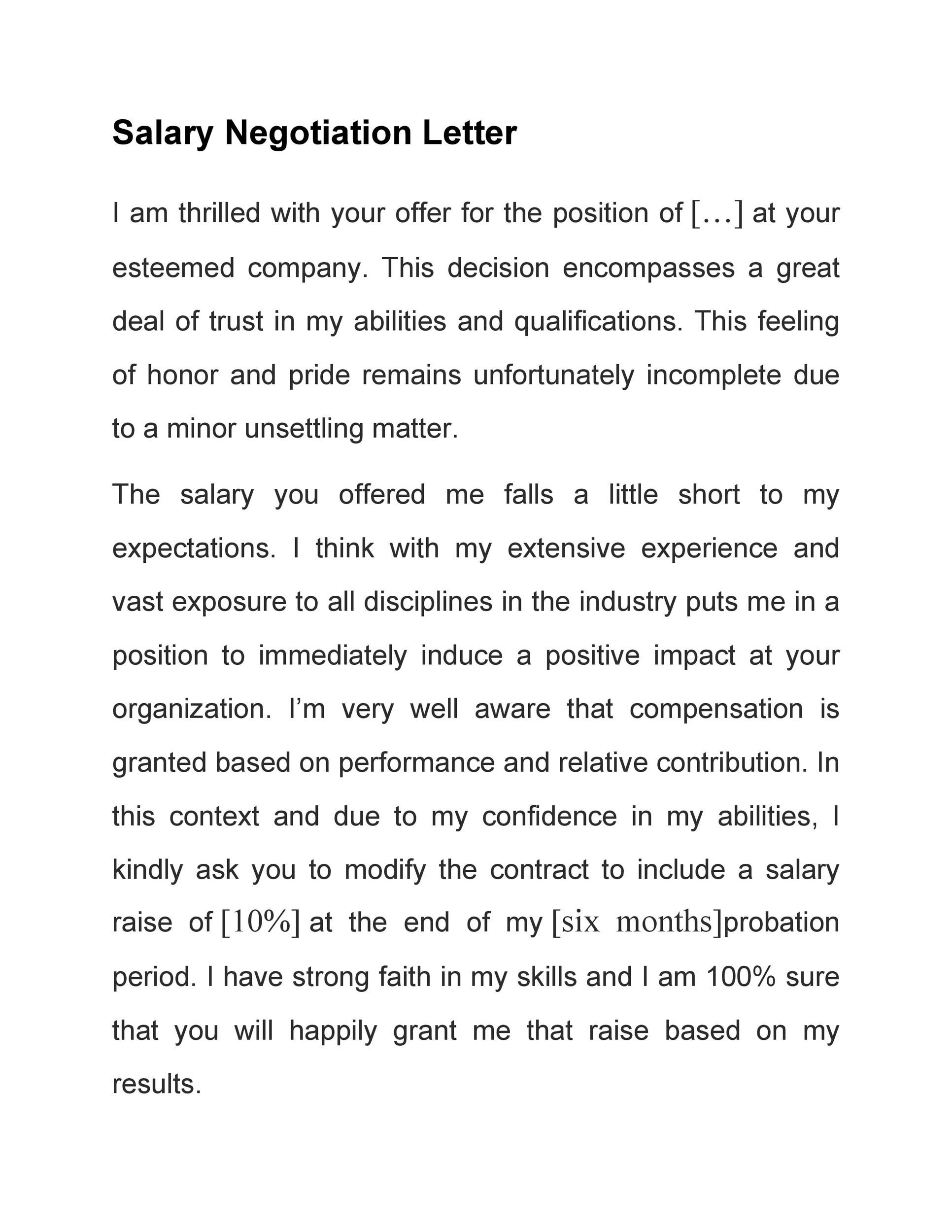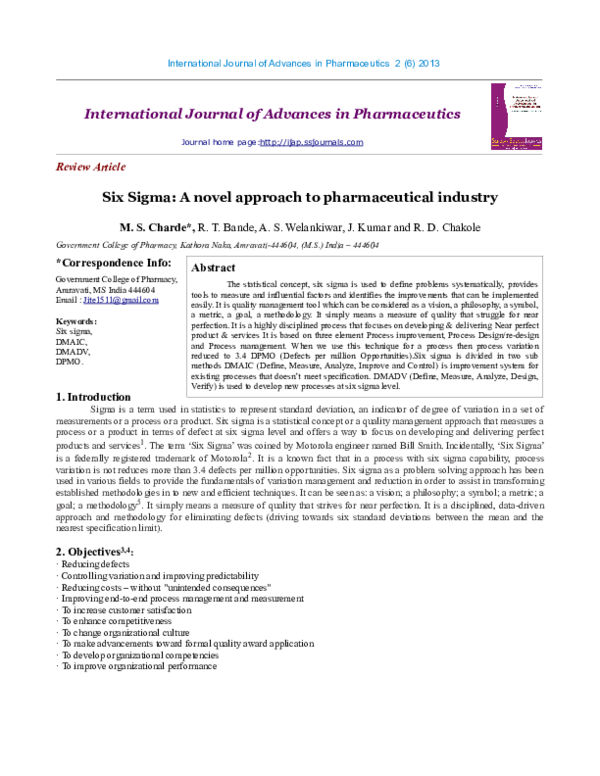Analyzing Clinton's Veto Threats During The Budget Showdown

Table of Contents
The Political Context of the 1995-1996 Budget Battles
The 1995-1996 budget battles were far from isolated incidents; they were deeply rooted in the prevailing political climate.
The Rise of the Republican "Contract with America":
The Republican Party's sweeping victory in the 1994 midterm elections ushered in a new era of partisan politics. Their "Contract with America," a platform promising significant tax cuts and a balanced budget, profoundly impacted budget negotiations.
- Key elements of the Contract: Included promises of a balanced budget amendment, significant tax cuts, welfare reform, and a crime bill.
- Its popularity: The Contract resonated with voters frustrated with government inefficiency and economic uncertainty.
- Republican goals for budget cuts: Republicans aimed for deep cuts in government spending, targeting social programs and federal agencies.
Clinton's Political Position and Strategy:
President Clinton faced a formidable challenge. He needed to navigate the demands of a Republican-controlled Congress while maintaining his own political standing.
- Clinton's re-election strategy: He needed to appeal to both moderate Democrats and centrist Republicans to secure a second term.
- His attempts at bipartisan compromise: Clinton initially sought areas of common ground with Republicans, hoping to avoid a government shutdown.
- Public opinion at the time: Public opinion was divided, with some supporting the Republican's fiscal conservatism and others concerned about potential cuts to social programs.
The Role of Public Opinion in Shaping Veto Threats:
Public sentiment played a critical role in shaping Clinton's decisions regarding veto threats.
- Polling data: Fluctuating poll numbers reflecting public opinion on the budget and the government shutdown influenced the president's strategy.
- Media coverage: Extensive media coverage shaped public perception of the budget negotiations and the potential consequences of a shutdown.
- Public perception of the shutdown: The inconvenience and disruption caused by the government shutdown significantly influenced public opinion, potentially affecting the political calculation behind Clinton's veto threats.
Specific Instances of Clinton's Veto Threats
The 1995-1996 budget battles witnessed several critical veto threats from President Clinton. Two particularly significant examples highlight his strategy:
Veto Threat #1: Veto of the Republican Budget Bill - September 1995:
This veto focused primarily on the proposed cuts to Medicare and Medicaid.
- Key provisions of the bill: Included significant reductions in funding for social programs, which Clinton strongly opposed.
- Reasoning behind the veto threat: Clinton argued that these cuts would disproportionately harm vulnerable populations and undermine the nation's social safety net.
- Congressional response: Republicans were unwilling to compromise and the budget impasse led to the first government shutdown.
Veto Threat #2: Veto of the Continuing Resolution - November 1995:
This veto concerned another attempt to fund the government amidst the continuing budget stalemate.
- Key provisions of the bill: This bill, a continuing resolution, still contained many of the controversial spending cuts from the initial budget bill.
- Reasoning behind the veto threat: Clinton continued to resist the deep cuts to social programs and the overall Republican approach to the budget.
- Congressional response: The ensuing budget impasse resulted in a longer government shutdown, further escalating the political conflict.
The Impact of the Government Shutdown:
The government shutdowns resulting from the budget impasse had far-reaching consequences.
- Economic consequences: The shutdowns disrupted government services, negatively impacting the economy and causing uncertainty.
- Public inconvenience: Citizens experienced significant inconvenience due to the closure of federal agencies and national parks.
- Political ramifications: The shutdowns damaged public trust in government and exacerbated the partisan divide.
Analyzing the Effectiveness of Clinton's Veto Strategy
Clinton's veto strategy during the 1995-1996 budget showdown was a complex and high-stakes gamble.
Successes and Failures:
- Bills passed/failed: While some bills were ultimately passed with compromises, the initial Republican budget plans were largely defeated.
- Compromises made: Clinton secured some concessions on social programs but had to accept some level of spending cuts.
- Long-term consequences: The shutdowns and the contentious negotiations damaged Clinton's early popularity.
The Role of Negotiation and Compromise:
The eventual budget agreement was reached through a process of arduous negotiation and compromise.
- Key negotiators: Key figures on both sides engaged in intense negotiations, seeking a path to resolution.
- Areas of agreement and disagreement: While broad agreement existed on the need for a balanced budget, sharp disagreements persisted on spending levels for social programs.
- Compromises achieved: The final budget incorporated some spending cuts but avoided the most drastic reductions proposed by Republicans.
Lessons Learned for Future Budget Negotiations:
The 1995-1996 budget showdown offers valuable lessons about the use of veto power in budget disputes.
- Impact on future presidents: Future presidents learned to approach budget negotiations with greater caution and a greater emphasis on bipartisanship.
- Changes in budget processes: The experience highlighted the need for more robust mechanisms for avoiding government shutdowns.
Conclusion
The analysis of Clinton's veto threats during the 1995-1996 budget showdown reveals a complex interplay of political strategy, public opinion, and the limits of presidential power. While Clinton successfully prevented the most drastic cuts proposed by the Republicans, the government shutdowns inflicted significant political and economic costs. The strategic use of the presidential veto, as demonstrated by Clinton during this pivotal budget showdown, highlights the critical role of presidential leadership and the importance of finding common ground during budget negotiations. Further research into Clinton's presidential decisions concerning the budget, and his use of the presidential veto, will provide a more comprehensive understanding of the complexities of American political strategy and presidential power. Understanding the strategic use of the presidential veto, such as those employed by Clinton during this pivotal budget showdown, remains crucial for grasping contemporary political maneuvering.

Featured Posts
-
 Podcast Production Revolutionized Ai And The Analysis Of Repetitive Scatological Data
May 23, 2025
Podcast Production Revolutionized Ai And The Analysis Of Repetitive Scatological Data
May 23, 2025 -
 Job Offer Negotiation Handling A Best And Final Offer
May 23, 2025
Job Offer Negotiation Handling A Best And Final Offer
May 23, 2025 -
 England Announces Playing Xi For One Off Test Vs Zimbabwe
May 23, 2025
England Announces Playing Xi For One Off Test Vs Zimbabwe
May 23, 2025 -
 Big Rig Rock Report 3 12 Laser Technology 101 7 In Detail
May 23, 2025
Big Rig Rock Report 3 12 Laser Technology 101 7 In Detail
May 23, 2025 -
 2025 Rendez Vous With French Cinema What To Expect From The Festival And Awards
May 23, 2025
2025 Rendez Vous With French Cinema What To Expect From The Festival And Awards
May 23, 2025
Latest Posts
-
 Revolutionizing Voice Assistant Development Open Ais 2024 Innovations
May 23, 2025
Revolutionizing Voice Assistant Development Open Ais 2024 Innovations
May 23, 2025 -
 Podcast Production Revolutionized Ai And The Analysis Of Repetitive Scatological Data
May 23, 2025
Podcast Production Revolutionized Ai And The Analysis Of Repetitive Scatological Data
May 23, 2025 -
 Space Crystals A Novel Approach To Pharmaceutical Innovation
May 23, 2025
Space Crystals A Novel Approach To Pharmaceutical Innovation
May 23, 2025 -
 From Scatological Data To Podcast Gold The Power Of Ai
May 23, 2025
From Scatological Data To Podcast Gold The Power Of Ai
May 23, 2025 -
 Exploring The Use Of Orbital Space Crystals In Drug Creation
May 23, 2025
Exploring The Use Of Orbital Space Crystals In Drug Creation
May 23, 2025
